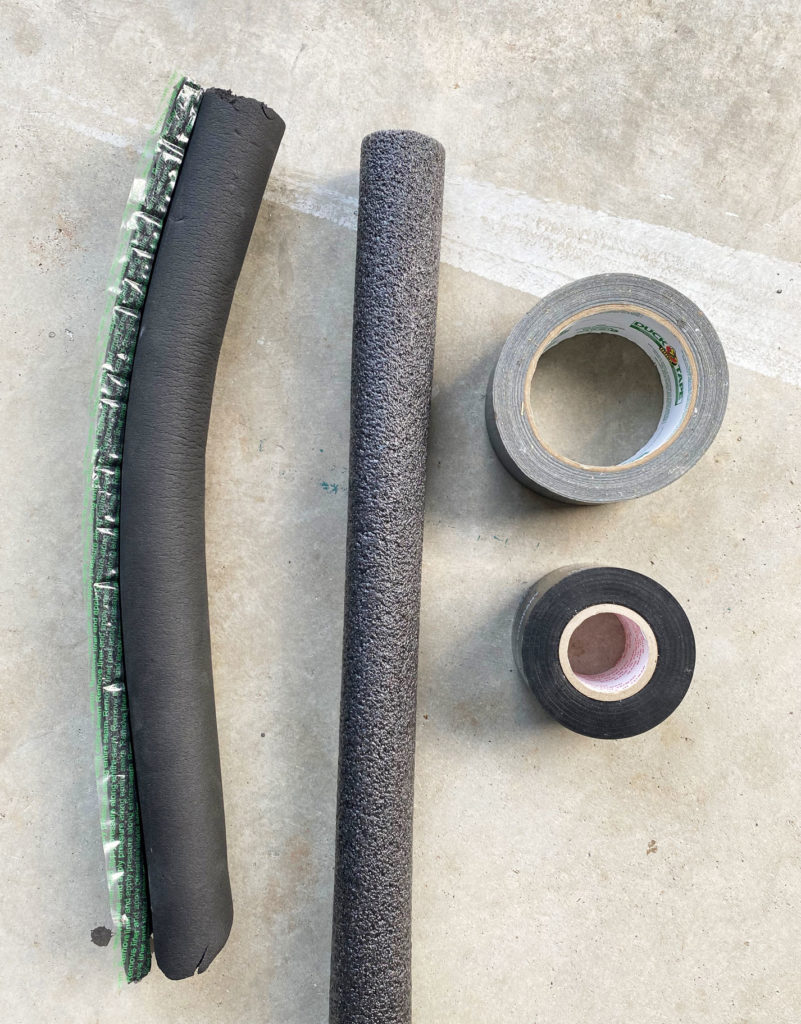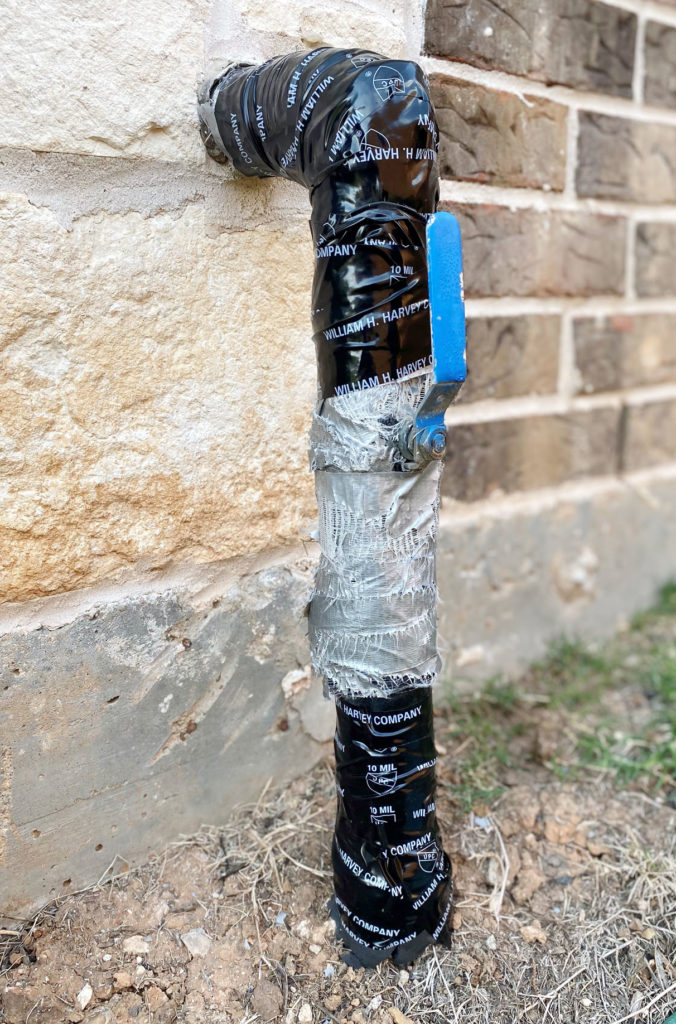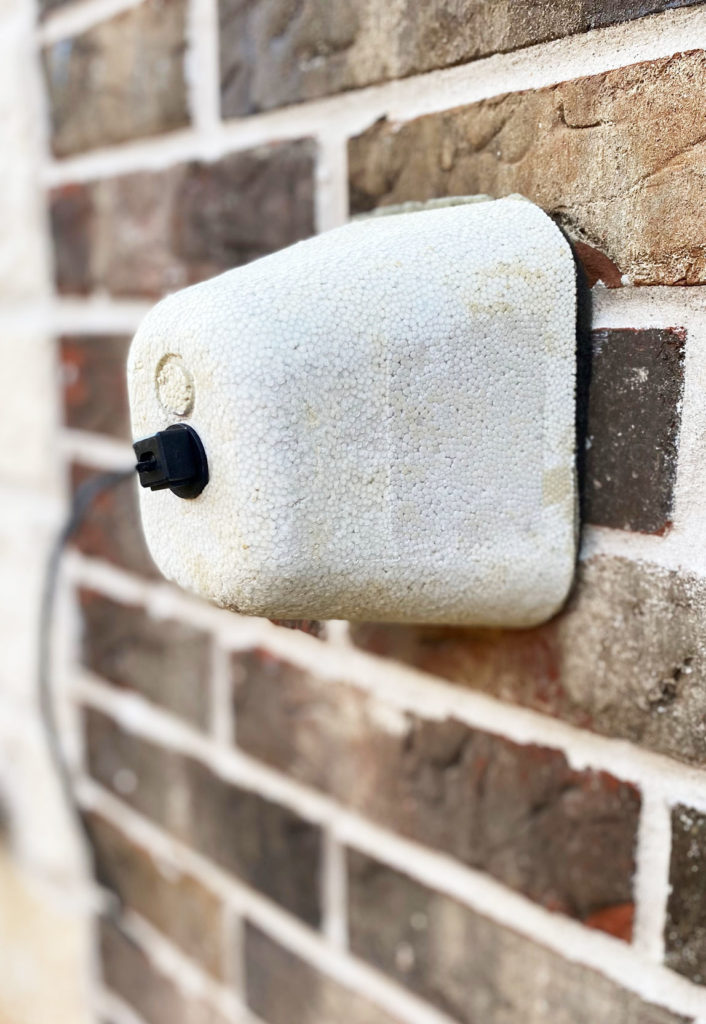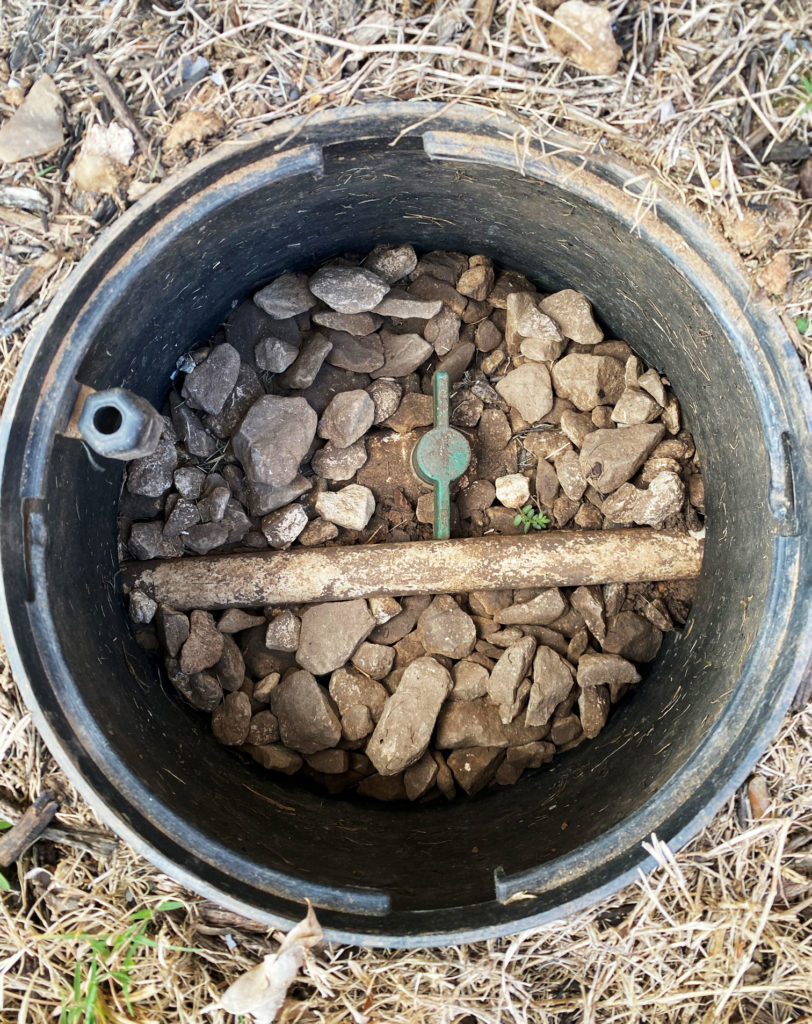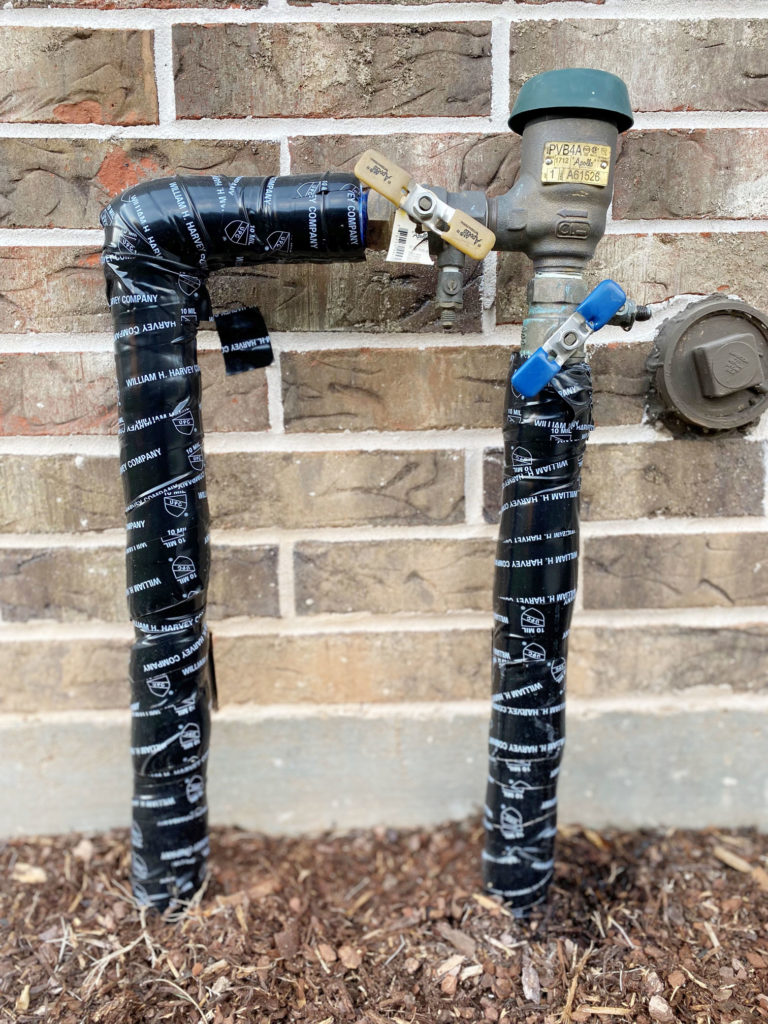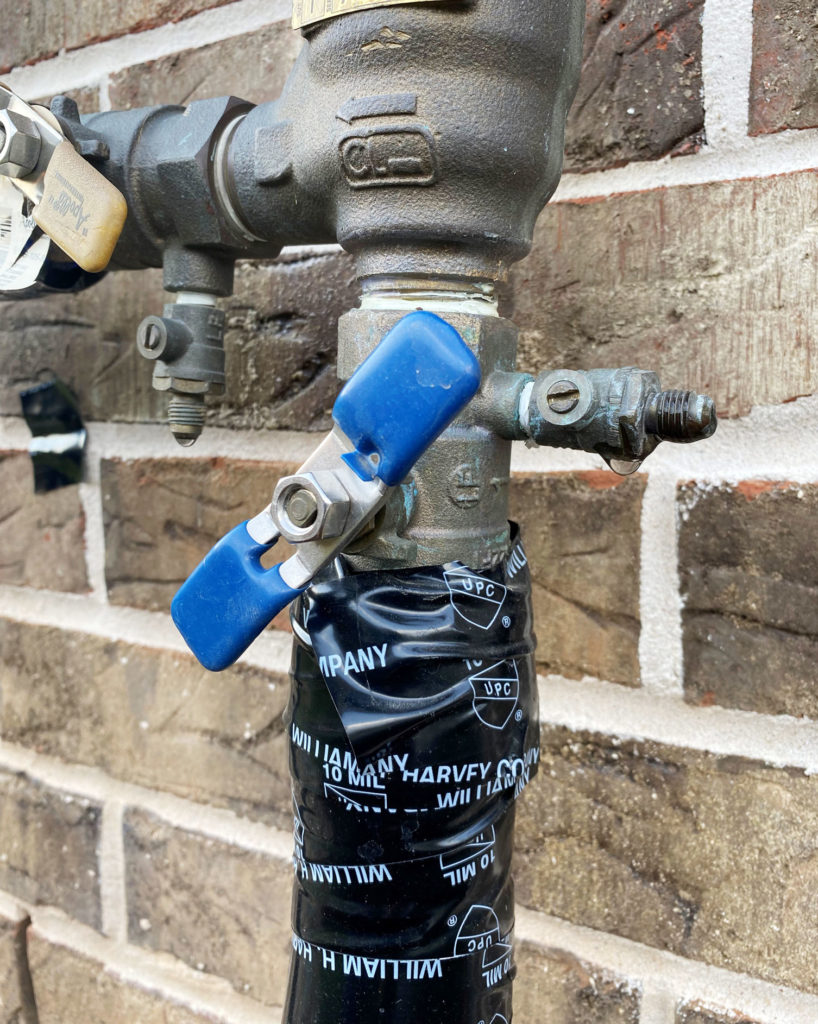Owning a home is an exciting milestone. And if you’re like us, the responsibility of owning can seem daunting, especially as a first-time homeowner about to face a major freeze. But don’t worry, we have you covered. A few simple preventative solutions can potentially save you thousands of dollars.
Cover the ‘darn’ pipes
You’ve probably heard this a million times: cover your pipes, especially exposed exterior pipes, and leave a small stream of water running during a freeze. And it’s TRUE! Foam or rubber insulation with a slit can easily be purchased from your local hardware store (sold with an opening of 1/2″, 3/4″, or 1″). Cut the insulation to size with scissors, place the insulation around your pipe (PVC or copper), and wrap it with tape. Although we love a classic duct tape job, PVC pipe wrap tape can last and endure multiple seasons.
Faucets need love too
It’s very easy to forget about exterior faucets typically used to connect a hose. First, remove and dry the hose – store it away. Second, buy white foam faucet covers. It attaches in no time with minimal effort for the cost of a soda pop. Just make sure the gaps are secured tightly. It’s really that simple.
Some new homes tend to have frost free hose spigot – in this instance, the water valve extends deep into the wall away from the home exterior, thus protecting from a freeze. It still doesn’t hurt to place a white foam faucet cover in the event water could be trapped from poor drainage or failure (trapped water can freeze and expand the pipe, causing a burst).
Shut-off and drain sprinkler lines
This one we fudged up real bad last freeze. While we shut-off the main value (typically located in a ground box depending on local code), we botched the drainage by leaving valves closed on our backflow preventer (also a code requirement). As a result, a valve burst because a tiny amount of stuck water froze and expanded – so common in our area that parts were backordered for weeks. The expert advice: leave those values open by a quarter turn so water can continue to escape AND leave the check values open all the way (the valve looks like a flat head screw – when turned, water will shoot out and then drip).
Fertilize your lawn/add pre-emergent herbicide
After years of poor lawn in the spring, rife with weeds, we discovered the secret to a good lawn. A quick-read primer on fertilization should catch you up to speed (thanks to local garden expert Randy Lemmon.) Apply a 8-12-16 fall mix fertilizer (depending on what zone you’re in) and throw down some pre-emergent herbicide to suppress new weed growth. Naturally, lawn in the winter will turn yellow or brown. This is perfectly ok. Slow release nutrients can continue to be supplied during dormancy for growth success in the spring.
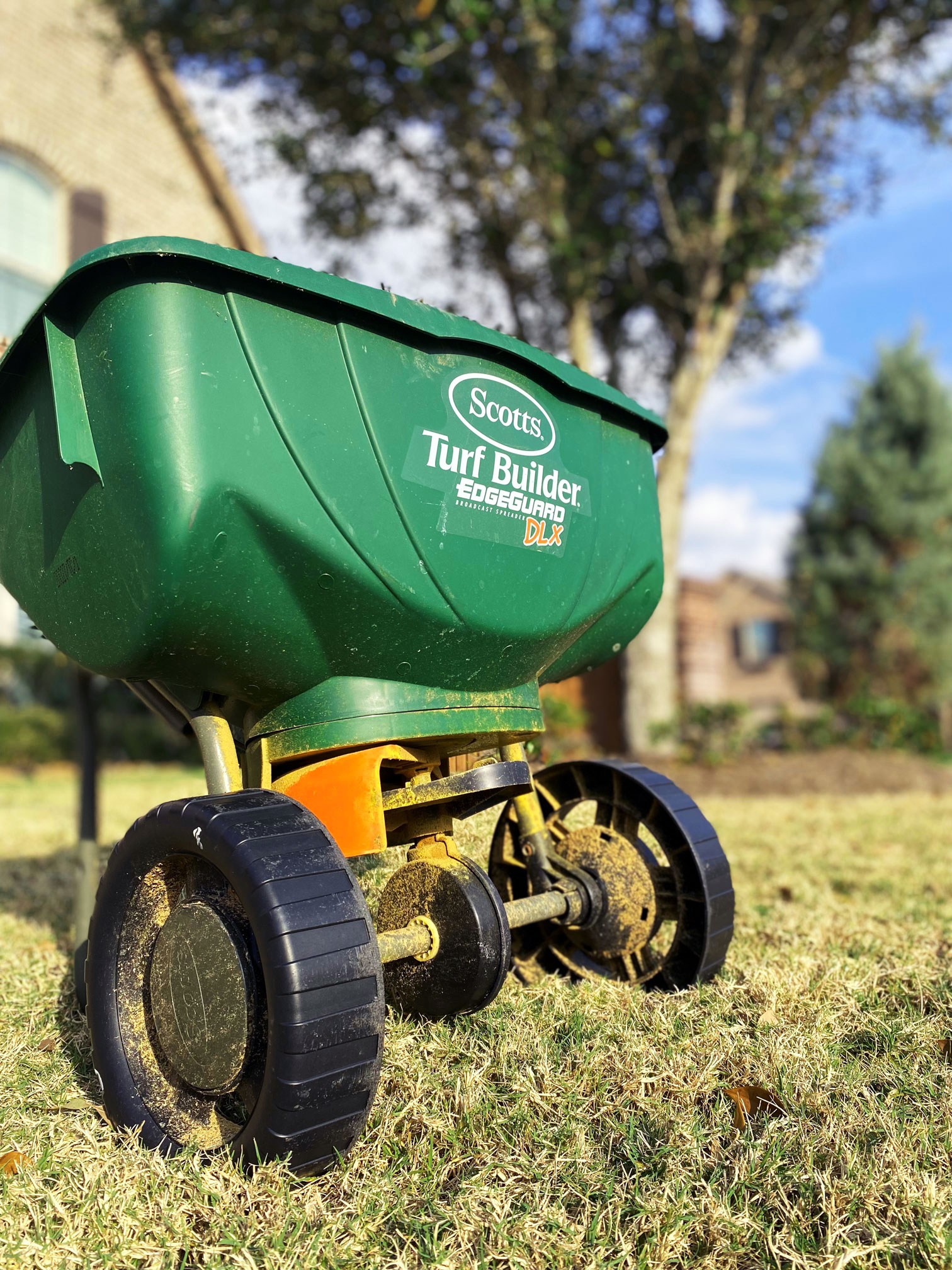
As always, send us any questions and don’t forget to follow our Instagram stories!

